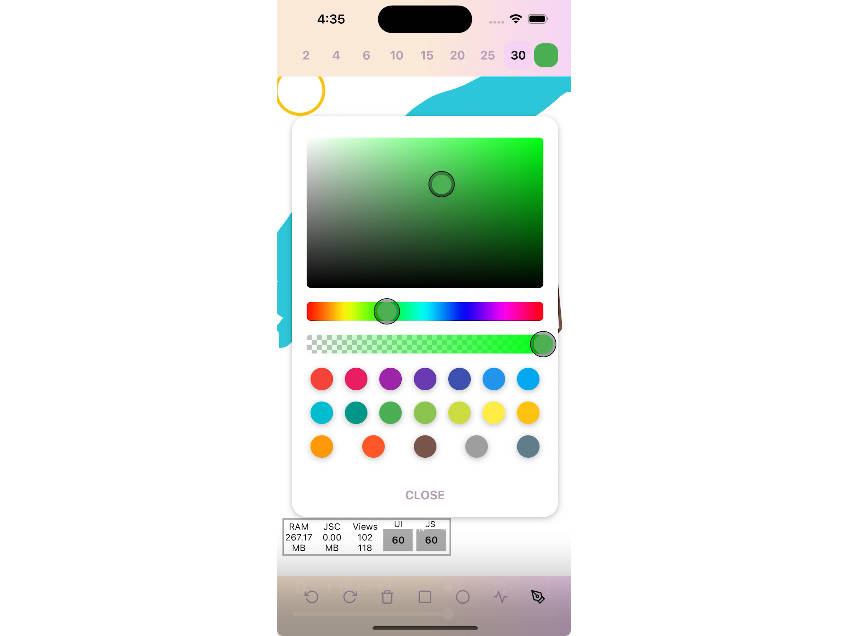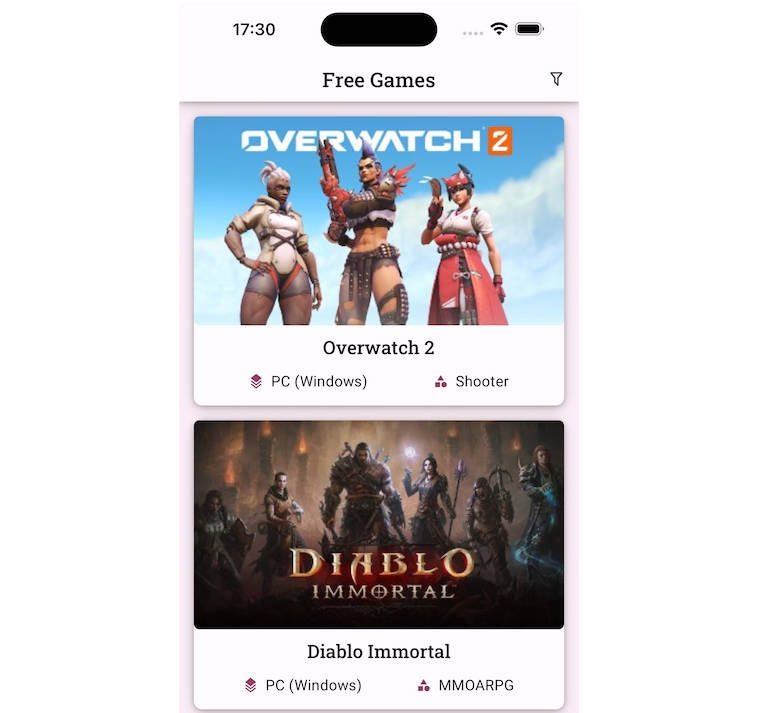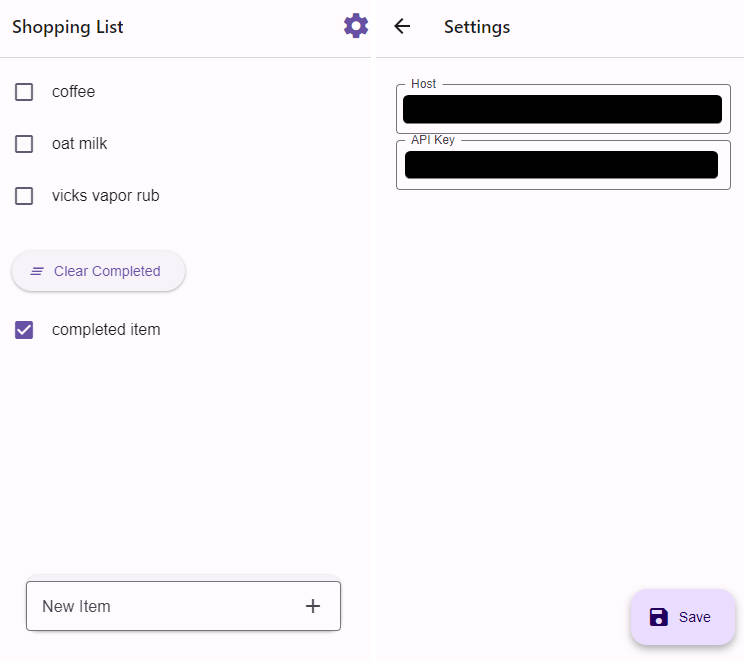Hotspot App
Helium hotspot app for iOS and Android built using React Native. For a list of issues and prioritization, please go to our Project page.
Get the app
Release versions of the app are available here:
Note: These links currently point to 2.x release of the app and this repository represents the 3.x release that's currently in active development.
- Hotspot App for iOS
on the iTunes App Store - Hotspot App for Android
on the Google Play Store- Or if you don't use Google Play, you can download an
APK
from the official AppCenter build.
- Or if you don't use Google Play, you can download an
What to expect in the new Hotspot App
Simplification
We've heard that the existing app can be overwhelming and cause undue stress and "doom scrolling". To fix this, the new app will prefer synthesized summaries over raw activity feeds to help users understand the network and their Hotspot better.
Visualization
We will use charts and graphs to explain mining performance over time, and maps to show your Hotspot in relation to others around you. We know witnesses matter, and we want to show you where they are.
Recommendation Engine
The new Hotspot app will include a recommendation engine which will suggest actionable steps users can take to improve the performance of their Hotspot.
Join us in Discord
Chat with the developers and the product team in the Helium Community Discord and look for the #wallet-mobile-app channel.
App Designs
Coming soon!
Getting Started
React Native Dev Setup
If you have already set up react native on your machine, skip to the installing section.
React Native dependencies
You will need Node, Watchman, Yarn, the React Native command line interface, Android Studio, and Xcode.
While you can use any editor of your choice to develop your app, you will need to install Xcode and Android Studio in order to set up the necessary tooling to build your React Native app for iOS and Android.
A good free editor is Visual Studio Code.
Node, Watchman, Yarn
We recommend installing Node, Yarn, and Watchman using Homebrew. Run the following commands in a Terminal after installing Homebrew:
brew install node
brew install watchman
brew install yarn
If you have already installed Node on your system, make sure it is up to date with the LTS version.
Watchman is a tool by Facebook for watching changes in the filesystem. It is highly recommended you install it for better performance.
The React Native CLI
Node comes with npm, which lets you install the React Native command line interface.
Run the following command in a Terminal:
npm install -g react-native-cli
If you get an error like Cannot find module 'npmlog', try installing npm directly:
curl -0 -L https://npmjs.org/install.sh | sudo sh.
Xcode
The easiest way to install Xcode is via the Mac App Store. Installing Xcode will also install the iOS Simulator and all the necessary tools to build your iOS app.
If you have already installed Xcode on your system, make sure it is up to date.
Command Line Tools
You will also need to install the Xcode Command Line Tools. Open Xcode, then choose "Preferences..." from the Xcode menu. Go to the Locations panel and install the tools by selecting the most recent version in the Command Line Tools dropdown.
Java Development Kit
React Native requires the Java SE Development Kit (JDK). Download and install JDK 8 if needed.
Android development environment
Setting up your development environment can be somewhat tedious if you're new to Android development. If you're already familiar with Android development, there are a few things you may need to configure. In either case, please make sure to carefully follow the next few steps.
1. Install Android Studio
Download and install Android Studio. Choose a "Custom" setup when prompted to select an installation type. Make sure the boxes next to all of the following are checked:
- Android SDK
- Android SDK Platform
- Performance (Intel ® HAXM)
- Android Virtual Device
Then, click "Next" to install all of these components.
If the checkboxes are grayed out, you will have a chance to install these components later on.
Once setup has finalized and you're presented with the Welcome screen, proceed to the next step.
2. Install the Android SDK
Android Studio installs the latest Android SDK by default. Building a React Native app with native code, however, requires the Android 28 SDK in particular. Additional Android SDKs can be installed through the SDK Manager in Android Studio.
The SDK Manager can be accessed from the "Welcome to Android Studio" screen. Click on "Configure", then select "SDK Manager".
Select the "SDK Platforms" tab from within the SDK Manager, then check the box next to "Show Package Details" in the bottom right corner. Look for and expand the Android 28 entry, then make sure the following items are all checked:
- Google APIs
- Android SDK Platform 28
- Intel x86 Atom_64 System Image
- Google APIs Intel x86 Atom_64 System Image
Next, select the "SDK Tools" tab and check the box next to "Show Package Details" here as well. Look for and expand the "Android SDK Build-Tools" entry, then make sure that 30-rc1, 29.0.3, and 28.0.3 are selected.
Finally, click "Apply" to download and install the Android SDK and related build tools.
3. Configure the ANDROID_HOME environment variable
The React Native tools require some environment variables to be set up in order to build apps with native code.
Add the following lines to your $HOME/.bash_profile config file:
export ANDROID_HOME=$HOME/Library/Android/sdk
export PATH=$PATH:$ANDROID_HOME/tools
export PATH=$PATH:$ANDROID_HOME/platform-tools
Installing
Environment Variables
Copy the file .env.sample and rename it to .env. Once renamed update the values within the file.
Dependencies
Install 3rd party dependencies
yarn install
You also need cocoapods for iOS
sudo gem install cocoapods
Then install the pods for iOS (Not needed for Android)
yarn pod-install
If the app is not working you may want to clean your workspace and then follow the running the app section below
yarn clean-install
yarn clean-start
Running The App
iOS
The fastest way to run the app is on the iOS simulator. Just type:
yarn ios
Or for a release build:
yarn ios-release
You can also open the helium.xcworkspace file in the /ios folder using xcode and run the app on your device or any other simulator.
Android
Similar to iOS, run
yarn android
Or for a release build:
yarn android-release
You can also open the Android project in Android Studio by selecting open an existing project and selecting the /android folder.





